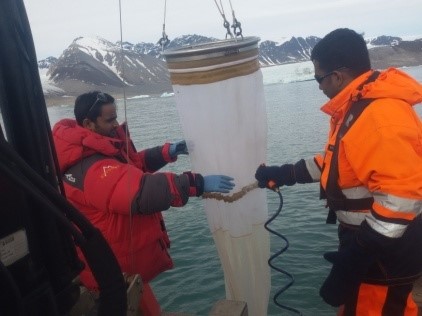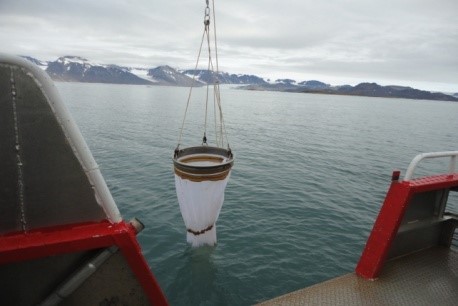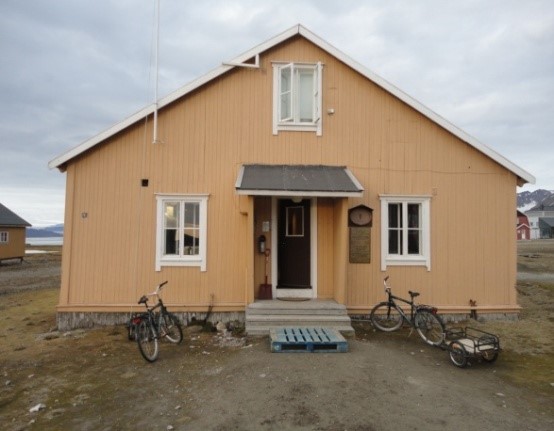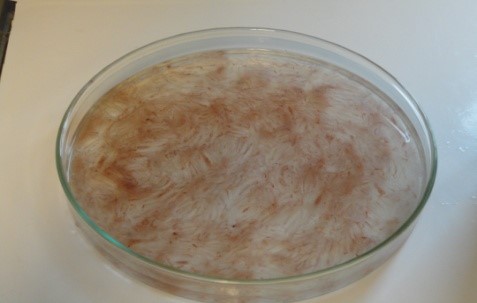The Arctic Ocean is one of the fastest warming regions of the globe and the changes in ecosystem due to climate variability may be easily reflected in the Planktonic community. Monitoring of zooplankton standing stock and diversity can be considered as a reliable index to assess the fertility and also it will provide information on changes of the region. CMLRE jointly with ESSO-NCAOR has initiated ‘Study on zooplankton ecology and Planktonic food web dynamics in Kongsfjorden using in-situ and satellite oceanographic techniques’.
Conducted surveys in the fjords (Kongsfjorden and Krossfjorden) jointly with NCAOR-ESSO during July and August 2015 in order to address the ecology and biodiversity of the system.




CMLRE represents the Ministry for CCAMLR [Commission for the Conservation of Antarctic Marine Living Resources, established by the Antarctic Treaty Consultative Party (ATCP) in 1982 with its headquarters at Hobart, Australia], acting with the prime objectives for the conservation of living resources of Antarctica while permitting sustainable levels of exploitation of resources. Broader objectives under this activity include documentation of Planktonic compositions, fish eggs and larvae, food-web dynamics and sea birds & whales along the various front and zones, experimental Krill trawling and its product development, Census of Marine Life and bio-regionalization, studies on microbes including extraction of bioactive molecules.
- CMLRE participated in the Southern Ocean expeditions conducted by NCAOR during 2009, 2012 and 2014 and the major achievements of the survey includes;
- Documented the distribution patterns of mesozooplankton particularly pelagic amphipods in fronts and zones north & south of Agulhas retroflection front (ARF) / Southern subtropical front (SSTF). About 20 species of amphipods- with characteristic features of polar and sub-tropical species described.
- Benthic study along 200-300 m depth contours near Enderby Land revealed the presence of 55 sp. of polychaetes, 5 sp. of echinoderms, 2 sp. of pycnogonids along with several sp. of crustaceans and bryozoans.
- Studied micro-plankton community at Subtropical front (STF) and Polar front (PF) during 2012, which revealed the existence of different trophic pathways of energy transfer in these two regions. Species composition of ciliates, the predominant among microzooplankton community, significantly differed between the fronts with the more diverse community in STF than in PF. The study was continued in 2014, and the observed difference in production, phytoplankton community structure, grazing, and senescence indices along with the changes in secondary consumers, strengthen the information on the disparity in food web structure existing at PF and STF.









